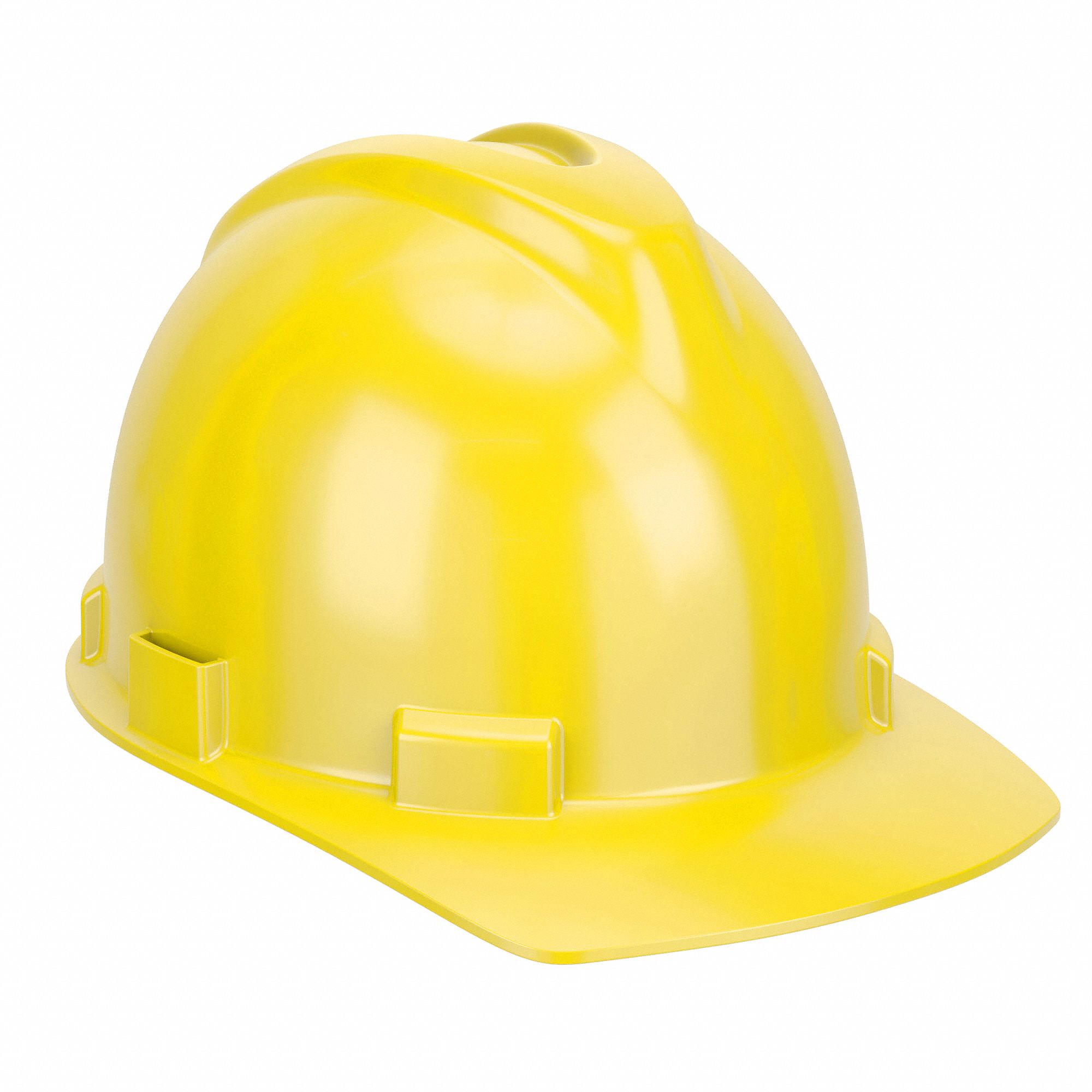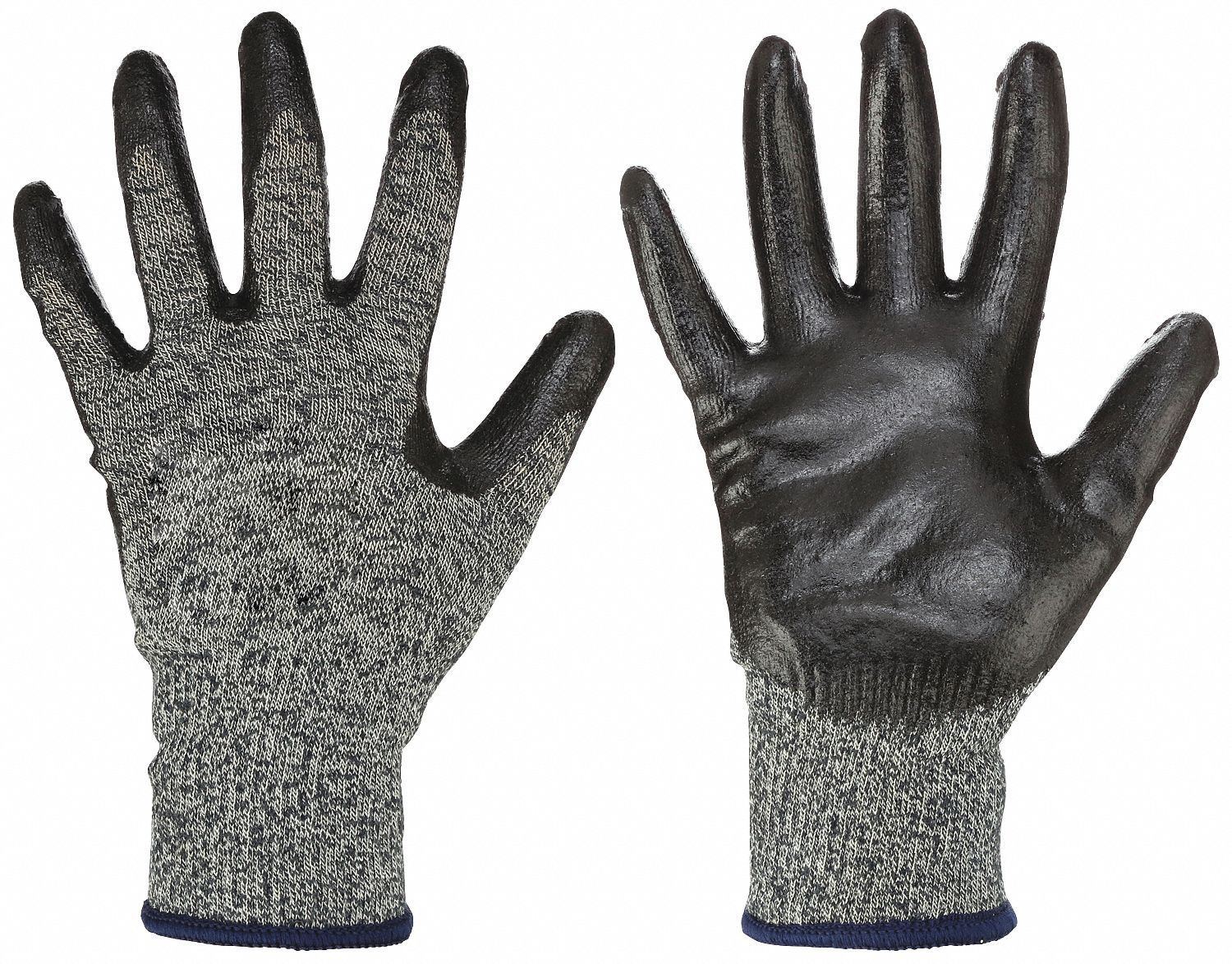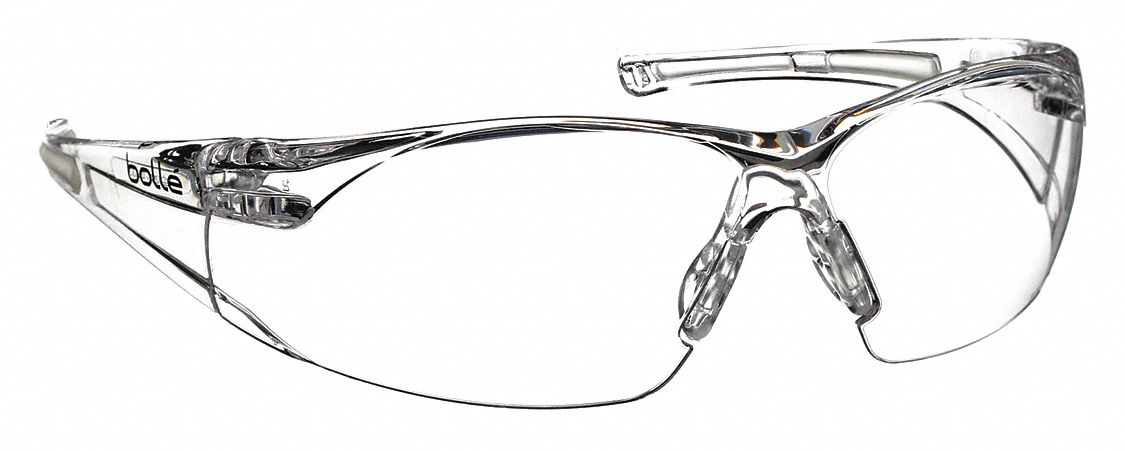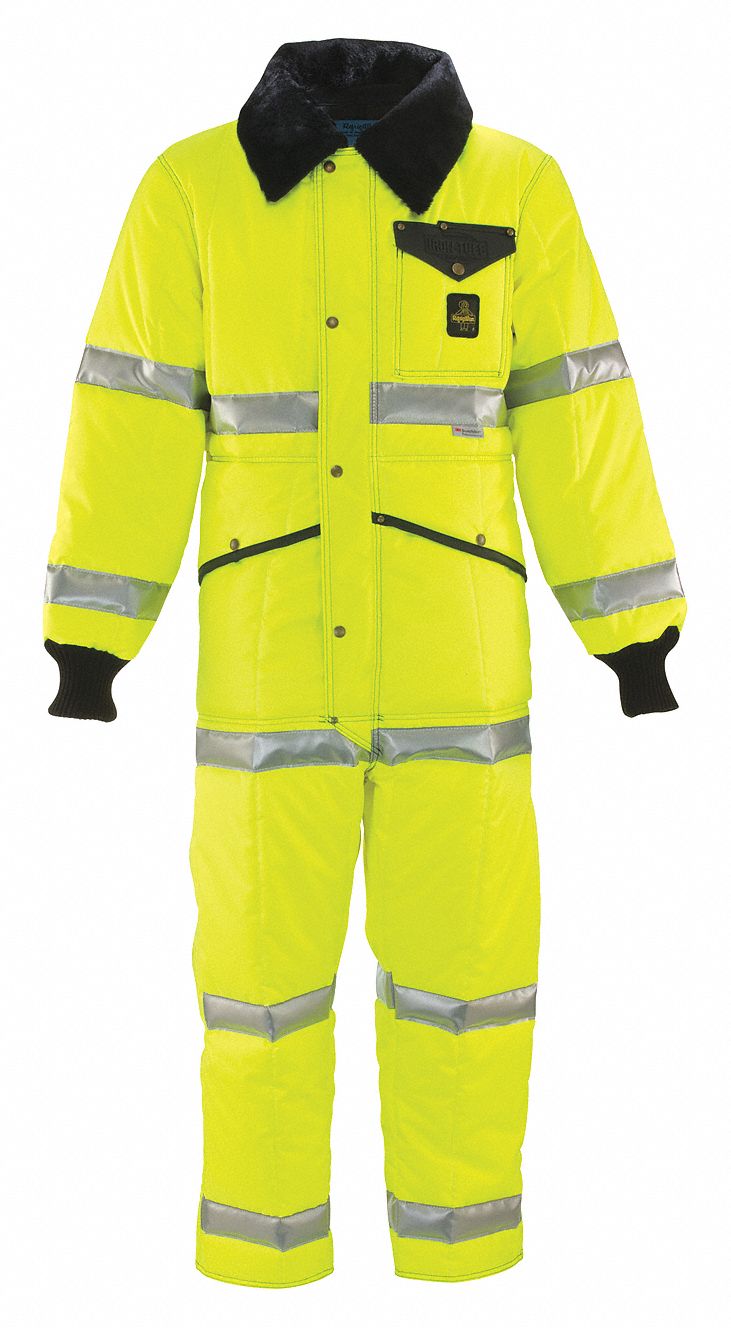Cultivating a workplace safety culture takes big picture thinking.
Preventing and removing workplace hazards is not only necessary for employee safety, it’s your legal responsibility under the Occupational Safety Health Act’s General Duty Clause requiring employers to provide a workplace that is free from recognized hazards that may cause death or serious harm to their employees.
Understand and know the Occupational Safety and Health Administration’s (OSHA) five types of workplace hazards and take steps to mitigate employee risk.
1. Safety
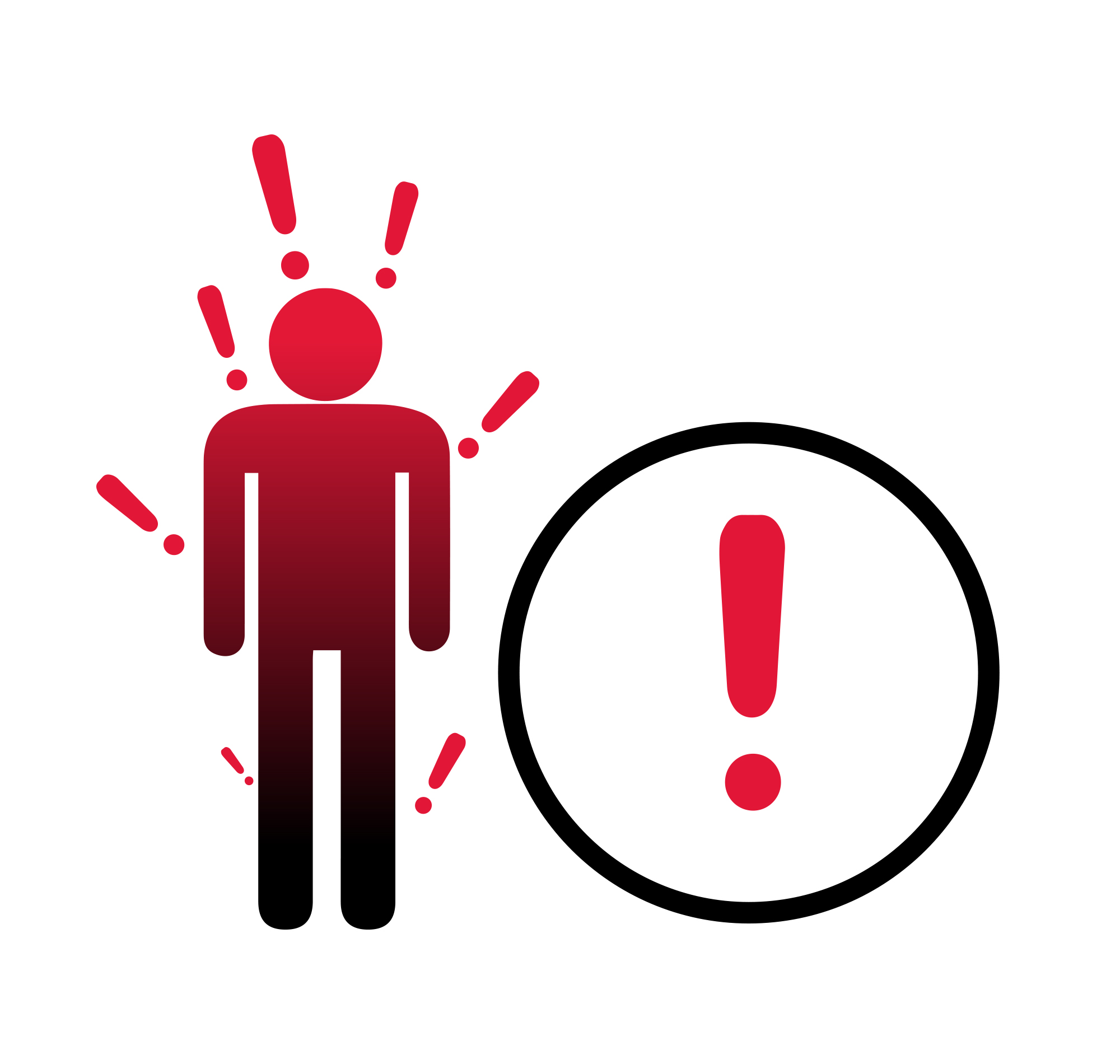
Safety hazards encompass any type of substance, condition or object that can injure workers. In many types of workplaces they can include spills on floors, walkways blocked by cords or boxes, falls from heights, machinery with moving parts, confined spaces and electrical hazards such as frayed cords.
2. Chemical

Workers can be exposed to chemicals in liquids, gases, vapors, fumes and particulate materials. Chemical hazards include acids, pesticides, carbon monoxide, flammable liquids, welding fumes, silica dust and fiberglass fibers.
3. Biological

Employees who work with other people, with animals or with infectious materials can be exposed to biological hazards such as blood, fungi, mold, viruses and animal droppings.
4. Physical

A physical hazard can injure workers with or without contact. These types of hazards include radiation, working in extreme heat or cold, spending hours under the sun or being constantly exposed to loud noise.
5. Ergonomic
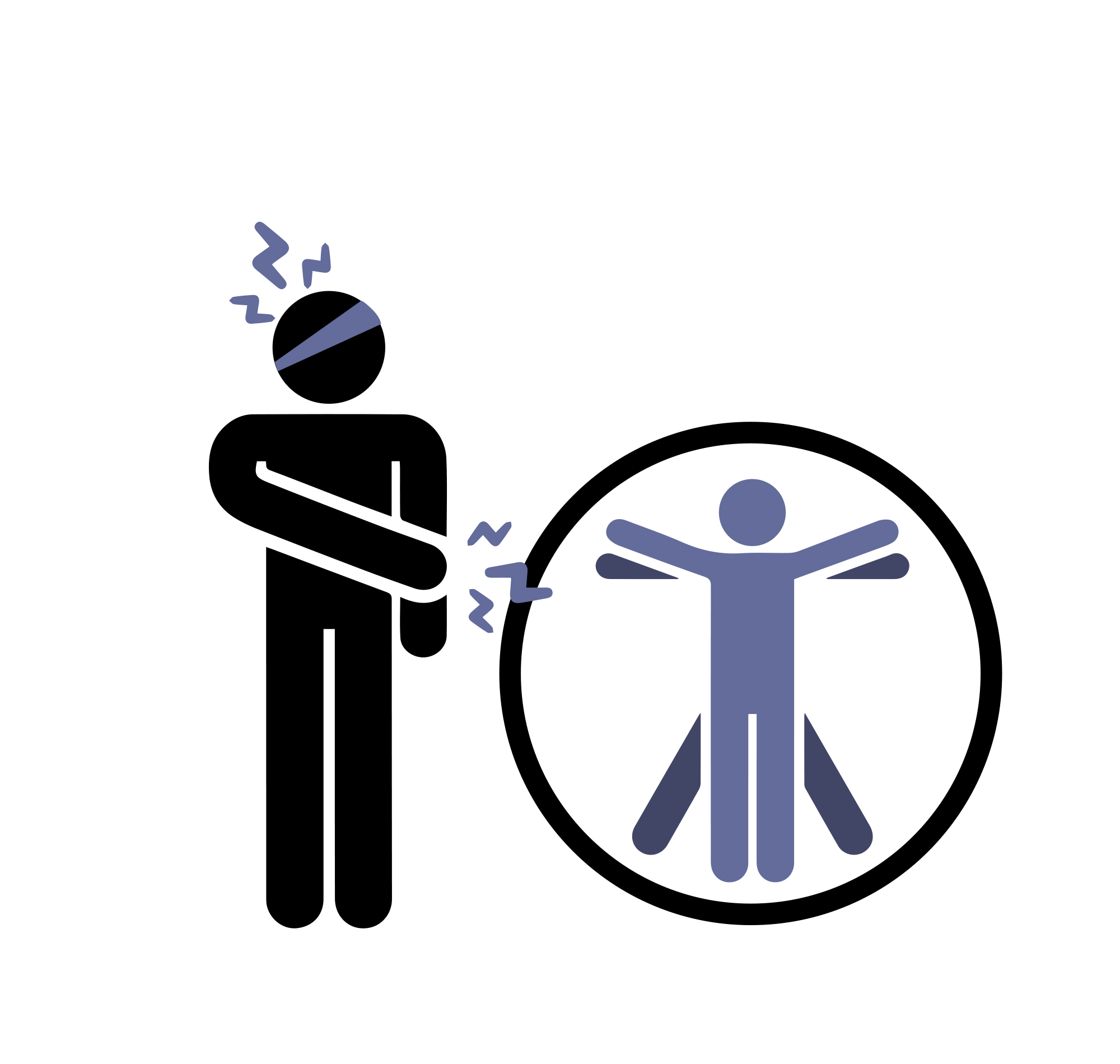
Ergonomic related musculoskeletal disorders (MSDs) account for 33% of all employee injury and illness cases. These types of hazards occur when repetitive work, the type of work, or a certain position strains the body. These are the most difficult hazards to spot because problems build up over time.
Conclusion
Minimizing or eliminating workplace hazards need not be time-consuming or even expensive. Being aware of possible hazards can increase productivity, prevent illness, reduce days off and save lives. And you can get started today!


